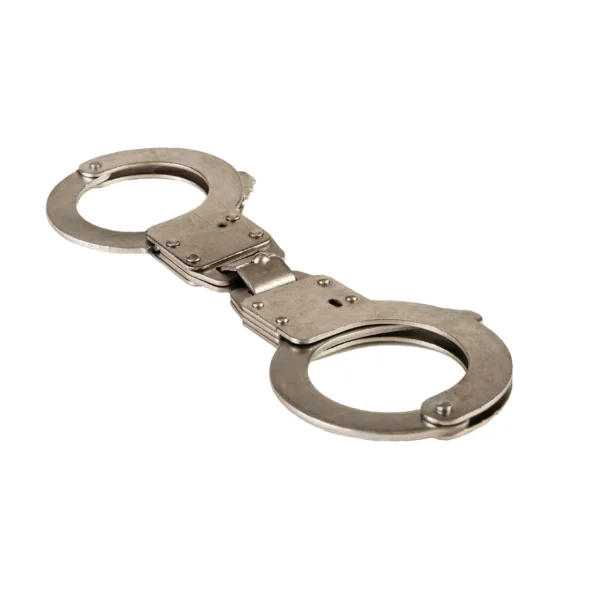The Essential Role of Handcuffs: A South African Perspective
The role of handcuffs in law enforcement has long been recognised as essential, serving as a critical tool in maintaining public safety and upholding the rule of law. In South Africa, the role of handcuffs is governed by specific regulations designed to balance security needs with respect for human rights. Understanding the legal framework surrounding the role of handcuffs and their importance within law enforcement is crucial.
Legal Framework and Regulations
In South Africa, the role of handcuffs is regulated under the Criminal Procedure Act 51 of 1977 and the South African Police Service (SAPS) regulations. These laws dictate that handcuffs can be used when it is necessary to prevent an individual from escaping, committing further offences, or causing harm to themselves or others. However, the role of handcuffs must be exercised in a manner that is reasonable, proportionate, and justified based on the circumstances.
The regulations require law enforcement officers to always consider the rights of the individual being restrained. The decision to employ the role of handcuffs should be based on the behaviour of the individual, the nature of the offence, and the potential threat they pose. For example, handcuffing a non-violent suspect without any risk of escape or harm may be deemed excessive and could result in legal consequences for the officer involved.
The Role of Handcuffs in Law Enforcement
The role of handcuffs in law enforcement is multi-faceted. Primarily, handcuffs are used to restrain individuals who have been arrested or detained, preventing them from fleeing or engaging in aggressive behaviour. This ensures the safety of both the officer and the public.
Handcuffs also play a psychological role, reinforcing the seriousness of the situation to the individual being detained. This aspect of the role of handcuffs can act as a deterrent against further unlawful behaviour, providing officers with a non-lethal method of maintaining control.
Additionally, the role of handcuffs is essential during the transportation of suspects. They help prevent escape and reduce the risk of injury to both the suspect and the officers involved. The role of handcuffs in such scenarios is particularly important when dealing with potentially dangerous individuals or when transporting suspects over long distances.
Balancing Security and Human Rights
While the role of handcuffs is necessary in law enforcement, their use must always be balanced with respect for human rights. The South African Constitution guarantees the right to dignity and freedom from inhumane treatment. Therefore, the role of handcuffs should never be arbitrary or abusive.
Officers are trained to assess each situation carefully and to use the least restrictive means necessary to achieve their objective. In cases where the role of handcuffs is required, they should be applied in a manner that minimises discomfort and avoids injury. Moreover, individuals who have been handcuffed should be informed of the reasons for their restraint and should not be kept in handcuffs longer than is necessary.
By adhering to these regulations, law enforcement officers can effectively fulfil their duties while respecting the rights of the individuals they encounter, demonstrating the responsible and essential role of handcuffs in maintaining law and order.
Handcuffs
- Material: High-Quality Steel
- Fit: Universal fit for standard usage
- Features: Durable construction, secure locking mechanism, easy to use
- Usage: Ideal for police, security guards, and military personnel

